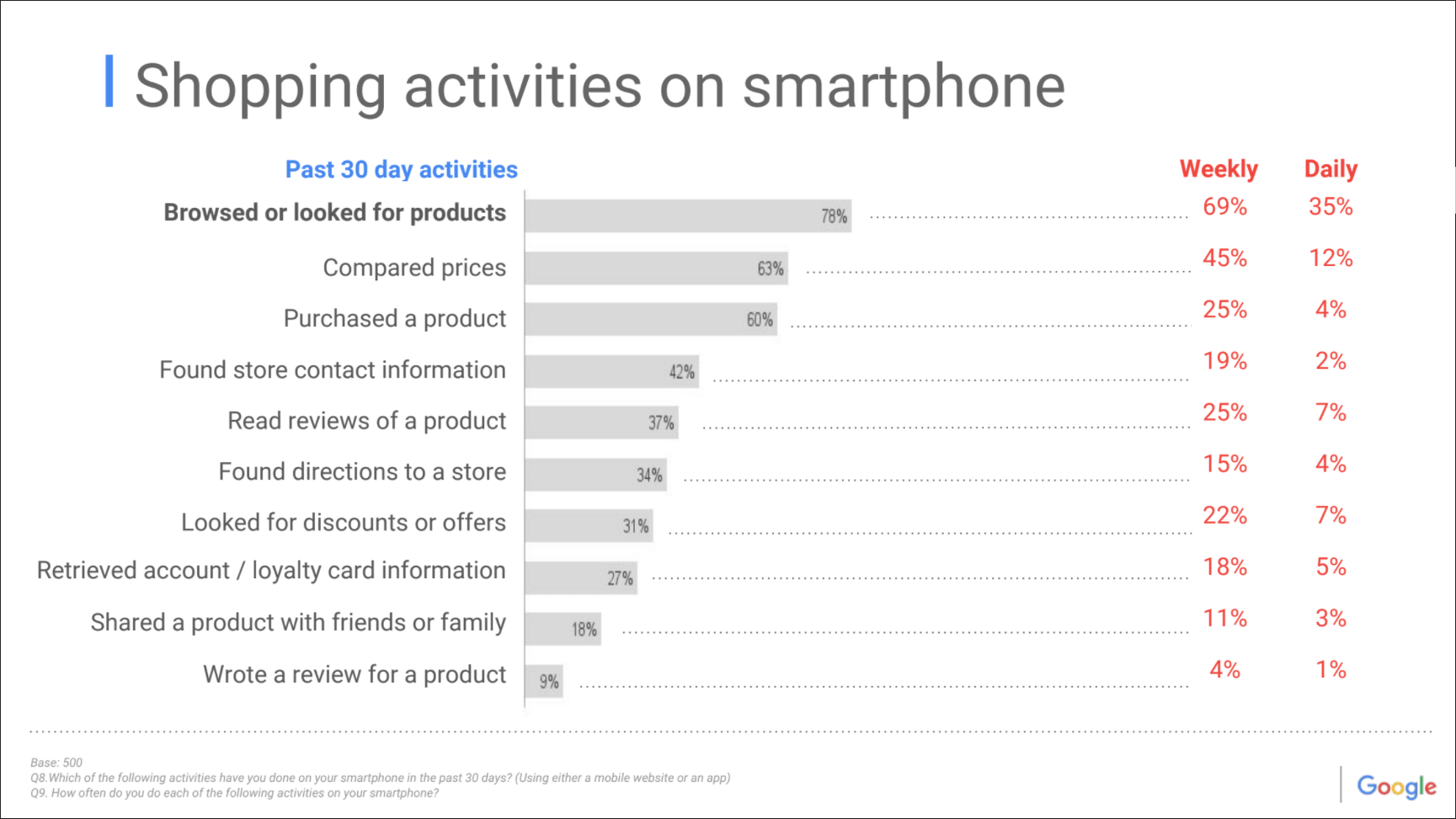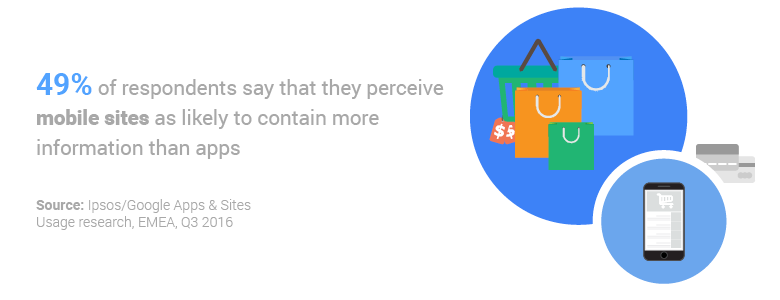Generations Y and Z inhabit a unique position in the consumer marketplace because of one thing: the Internet. They cannot remember a time when the Internet or digital technologies did not exist. They are digital natives. But what does this familiarity and reliance on digital mean for Y and Z as consumers? In a recent study commissioned by Google and conducted by Ipsos, 200 Swedes, ranging in age from 13 to 34, were interviewed about their online habits. Of course, minor cultural differences do exist between Swedes and Americans. However, the conclusions made by this study are invaluable to understanding this very influential demographic, regardless of nationality.
Among European Union (EU) countries, Sweden has the highest Internet usage rate. Sweden was also an early adopter of broadband technology. This positions Swedes as people deeply committed to and familiar with the digital world.
Study respondents were primarily split into two groups, ages 13-24 and ages 25-34. According to the results, 13-24 year-old Swedes spend more time on their mobile devices than the other age group. A quarter of the 13-24 age group also states they spend three hours or more per day on social media sites. However, a commonality between the two age groups was YouTube. Both 13-24 and 25-34 year-old Swedes seek out entertainment and short, funny videos on YouTube. One main difference though is that 25-34 year-olds are more apt to watch the news and current event videos.
The data also indicates that watching a video that prominently features a particular brand causes both age groups to seek more information. The video could be posted by a person (i.e. a YouTuber or Vlogger) or the brand itself. In either case, more than a third of all young Swedes will seek additional information. However, when looking for recommendations, the 13-24 year-old age group is more likely to seek online personalities for reviews and input. This is good news for brands that are looking to increase their online video presence. It proves that straightforward video advertising can work, while also suggesting that investing in online personalities may net higher results.
While the expectations between Swedes and Americans may be different, there's no doubt that Generations Y and Z in both countries share similarities. The type of information available in this study can be a useful roadmap to global companies or American-based companies that are looking for more guidance on how to connect with this age group. For more information about how to improve your brand's online presence and connect with young consumers, please contact Energyhill today.
Mobile technology has changed the social world. Not only has it altered the way we communicate and interact with each other, it has also greatly affected consumer behavior. In order to capture sales, retailers have created a dual path on mobile devices via sites and apps; thus, no matter how consumers prefer to purchase, they have an easy solution. Understanding consumer behavior and how shoppers use their mobile devices is now critical in conquering the path to purchase.
According to a study by Google Marketing Insights, nearly half of U.S. consumers with mobile phones use their devices weekly to shop. One in ten people states that they shop via mobile daily. These are huge numbers, especially when coupled with the fact that 60% of consumers use a mobile website to shop. Despite the proliferation of apps, it seems that a user-friendly mobile website is preferred by shoppers.

In general, mobile shoppers find that mobile websites offer more information. While 64 percent agree that shopping apps load quicker and 60 percent say they are easier to navigate, the path to purchase seems to flow more easily through a mobile website. This makes a strong case for all retailers having device agnostic or responsive websites. Having a website that scales based on device is key to capturing a majority of shoppers.

If a retailer is interested in making sure their app is part of the path to purchase, including special discounts or exclusive deals via the app seems to be the way to go. Thirty-five percent of mobile shoppers state they download apps specifically for discounts. Additionally, making sure the app is secure will also ensure more consumers use it; more than 70 percent of smartphone owners who download apps cite security as a deciding factor.
If you're looking for ways to streamline your path to purchase or simply want to learn more about mobile- and app-based shopping trends, please contact Energyhill today. Our team of expert marketers is ready to help you capture and cash in on this mobile revenue stream.